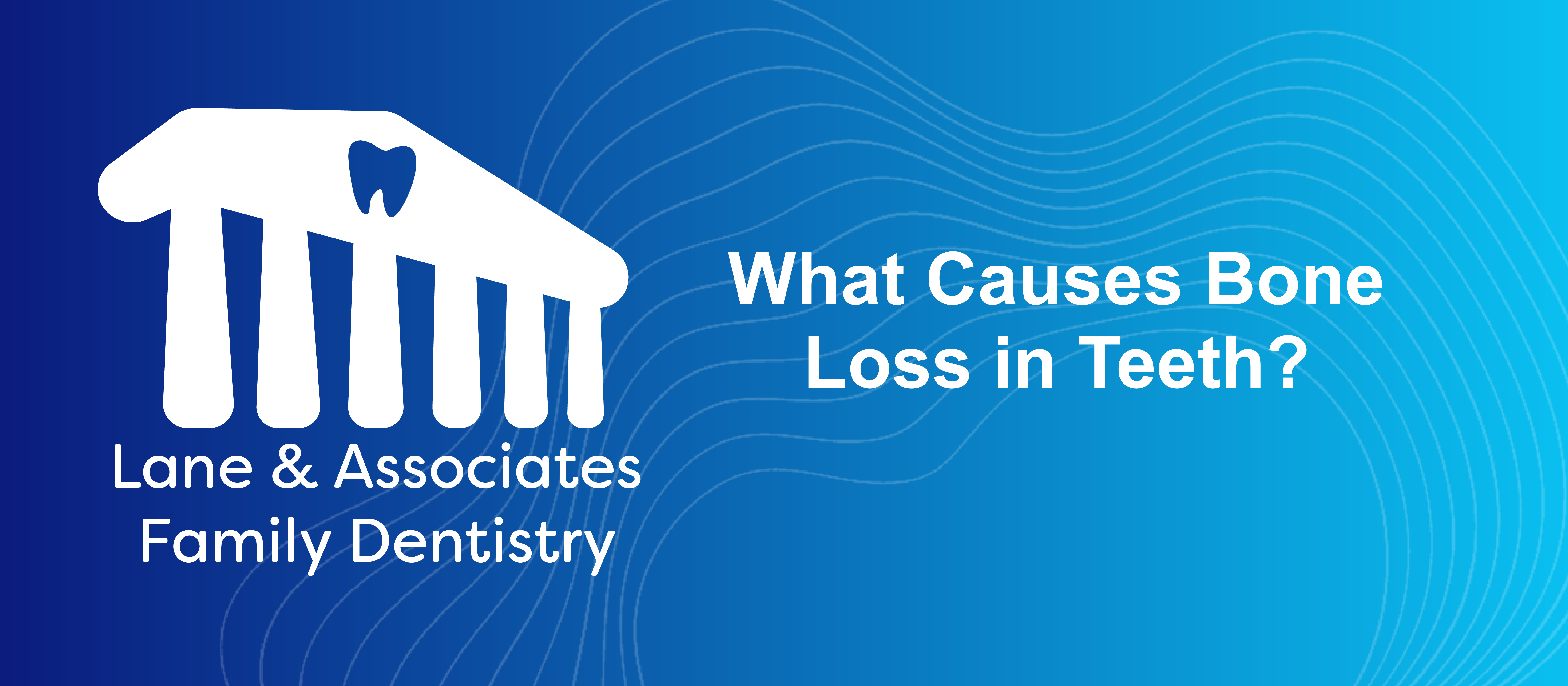There are a few possible causes of bone loss around teeth. One of the most common causes is periodontal disease, which is an infection of the gums that can destroy the tissues and bone that support the teeth. Other possible causes include tooth decay, trauma, eating disorders, certain medications, and vitamin deficiencies.
In this article we will mainly focus on tooth loss caused by periodontal disease. This disease starts as gingivitis and if not reversed, can progress into periodontitis. Gingivitis is when the gums are inflamed and may bleed when brushed. If not treated, this can lead to periodontitis, which is when the bone around the teeth starts to break down.
How is Periodontal Disease Developed?
There are a few different factors that can contribute to developing periodontal disease. One is genetics, meaning that it can run in families. Another is poor oral hygiene, so it’s important to brush and floss regularly. Smoking is also a risk factor for developing periodontal disease.
If you think you may have periodontal disease, it’s important to see a dentist or periodontist as soon as possible. They will be able to diagnose the disease and come up with a treatment plan. Treatment options vary depending on the severity of the disease, but may include deep cleanings, antibiotics, or surgery.
How Serious is Bone Loss in Teeth?
If not treated, periodontal disease can lead to tooth loss. In severe cases, the bone around the teeth can be completely destroyed. This can cause the teeth to become loose and eventually fall out.
Bone loss in teeth can also cause other problems. It can make it difficult to eat and speak properly. It can also lead to an increased risk of other health problems, such as heart disease and stroke.
If you have been diagnosed with gingivitis, it is very important to improve your oral hygiene in attempt to prevent periodontal disease from developing.
How do You Stop Bone Loss in Teeth?
If you have periodontal disease, it is important to see a dentist or periodontist for treatment. Treatment options will vary depending on the severity of the disease. Generally, the goal of treatment is to reduce inflammation and stop the progression of bone loss.
In some cases, surgery may be necessary to repair damage caused by bone loss. This can be done by placing bone grafts or dental implants.
After treatment, it is important to practice good oral hygiene. This includes brushing and flossing regularly. You may also need to see your dentist or periodontist for regular cleanings and checkups.
Can You Recover Bone Loss in Teeth?
In some cases, it may be possible to regenerate bone that has been lost due to periodontal disease. This can be done through a process called guided tissue regeneration. This is when a barrier is placed around the tooth in order to promote bone growth.
Bone grafting is another option for regenerating lost bone. In this procedure, bone from another area of the body is transplanted to the affected area.
Dental implants are also an option for replacing lost teeth. This is when metal posts are placed into the jawbone and artificial teeth are attached to them.
In order to recover from bone loss, you must see a dentist or periodontist for treatment. Treatment options will vary depending on the severity of the bone loss. In some cases, it may be possible to regenerate lost bone.
Contact Lane and Associates Family Dentistry
If you are located in North Carolina and you have been diagnosed with gingivitis or periodontal disease, we can help. At Lane and Associates Family Dentistry, we offer a variety of treatment options for bone loss in teeth. We will work with you to come up with a treatment plan that is best for you.
Schedule an appointment today to learn more about your treatment options. You can visit our offices page to located one of our dental offices in a location convenient for you.


